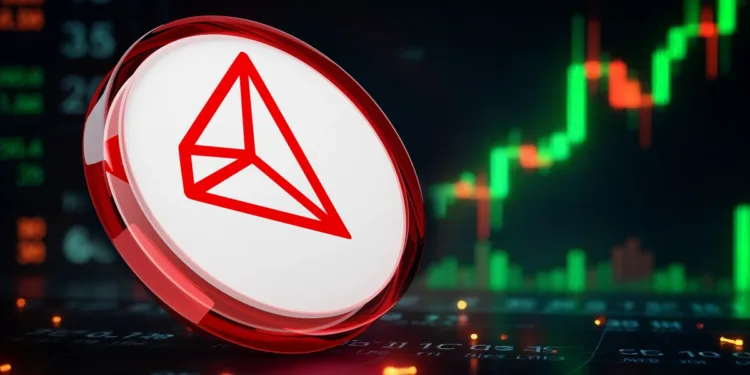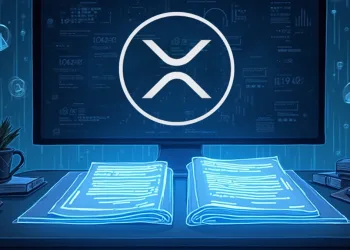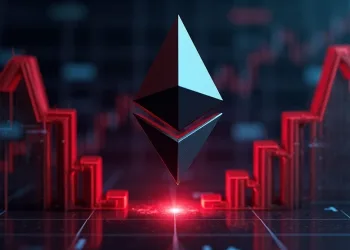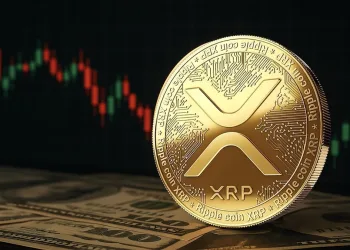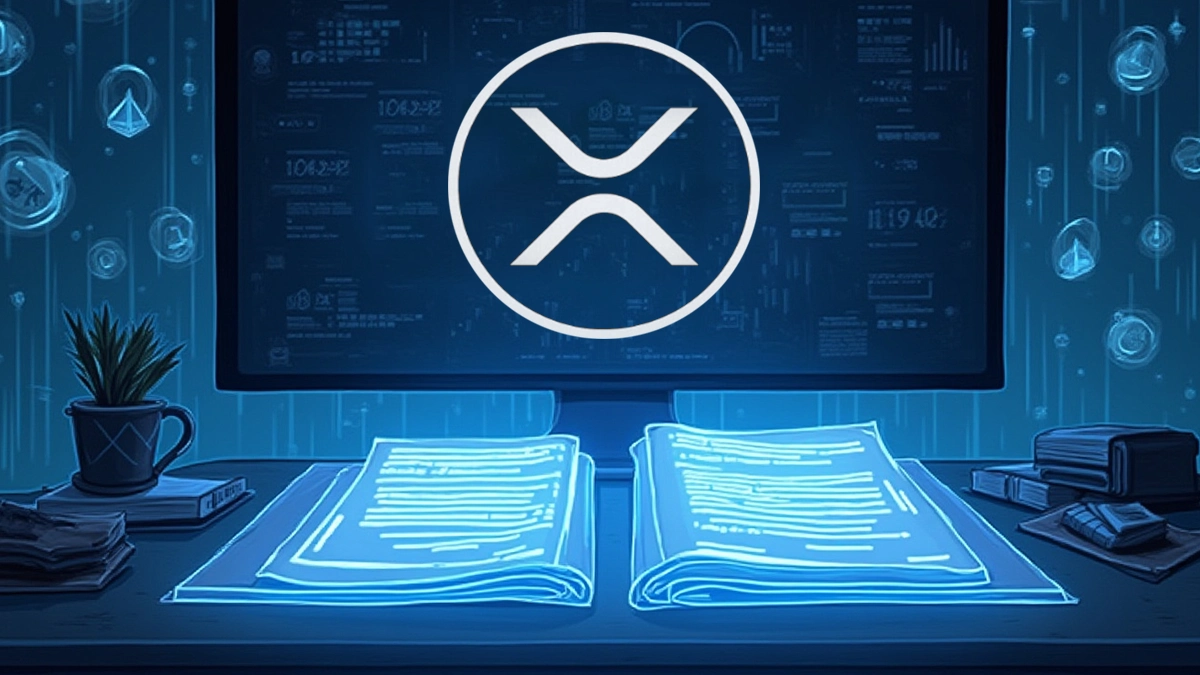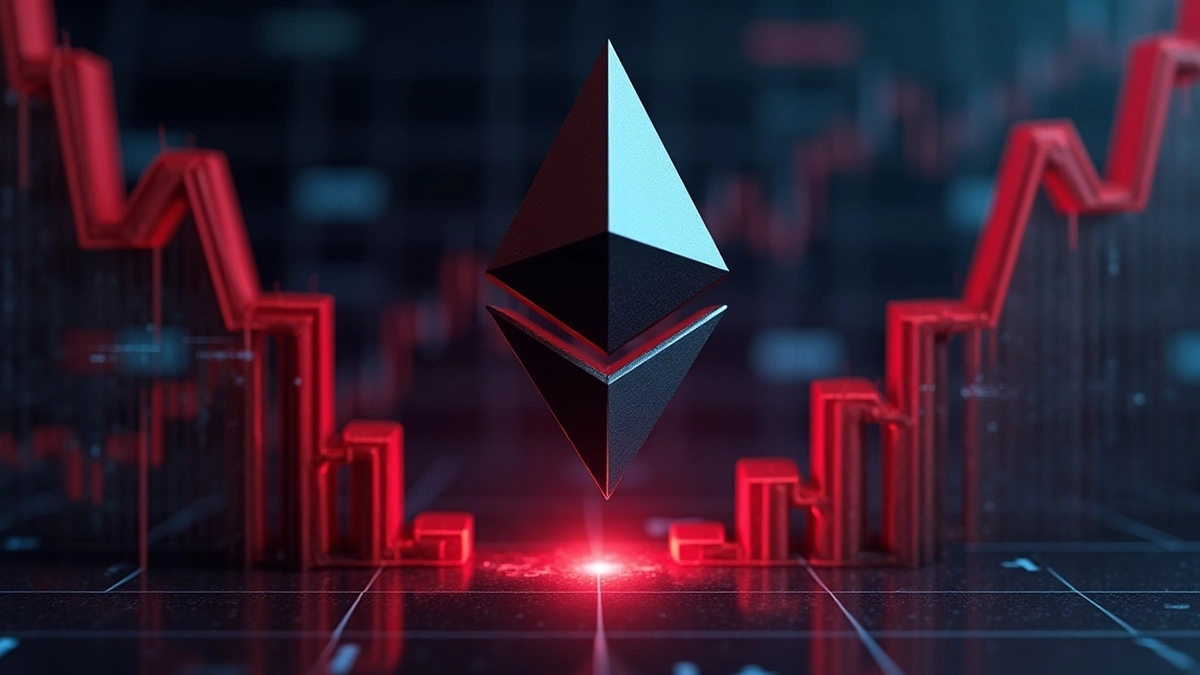- Tron’s 30-day average network fee has risen to $1.29, equal to Bitcoin and higher than Ethereum.
- The network continues to process roughly 8.5 million transactions monthly, indicating sustained activity.
- As usage rises, TRX burn rate grows due to higher on-chain interactions and fee-driven token consumption.
Tron’s average network transaction fee has surged to $1.29, equaling Bitcoin’s and surpassing Ethereum’s. The increase marks a significant shift in blockchain fee dynamics, as Ethereum—once dominant in revenue from on-chain activity—now trails behind. The latest 30-day data shows Tron’s network collecting more in fees than Ethereum, with BTC and TRX now tied. Unlike Ethereum’s declining trend, Tron’s fee rise stems from both protocol-level cost adjustments and rising transaction demand.
TRX Fee Growth Tied to Increasing On-Chain Activity
Tron’s fee increase is not solely due to higher base costs. Rather, sustained growth in on-chain transactions continues to fuel its revenue rise. Tron now processes around 8.5 million transactions monthly. This consistent throughput reflects expanding network usage rather than congestion or temporary spikes. Despite higher fees, user activity on the network has not declined. Instead, engagement appears to be growing steadily.
This strong usage contrasts with Ethereum’s current fee decline, which has contributed to its revenue trailing behind Tron. The comparative analysis shows Ethereum’s average transaction fee slipping, while Tron maintains a steady upward trend. Bitcoin remains consistent, and Tron’s fee now mirrors it, reaching parity at $1.29.
TRX Burn Rate Accelerates as Network Interactions Climb
Every transaction on the Tron network consumes a portion of TRX, contributing to token burns. With rising fees and transaction volumes, TRX’s burn rate has increased notably. The network has now processed over 14 billion cumulative transactions. This volume, coupled with fee hikes, results in greater TRX token consumption.
This dynamic continues to play out as the average fee climbs and user activity expands. More transactions trigger higher token burns, further reducing circulating supply. The process introduces a feedback loop where higher usage leads to increased burns, creating a measurable impact on token flow.
Tron’s Fee Pattern Diverges Sharply from Ethereum and Bitcoin
Data trends from CryptoQuant highlight a clear divergence. Ethereum’s average fee has declined sharply since early 2025. Meanwhile, Tron has steadily gained ground, supported by structural fee changes and user behavior. Bitcoin’s fee curve has remained relatively stable, placing Tron in a unique position.
Currently, TRX trades at $0.31, showing a 1.4% decline over the last 24 hours. The asset’s support level stands at $0.3084, while resistance is marked at $0.3176. Even as the token’s price faces near-term pressure, on-chain metrics show continued engagement across the network. Tron’s rising fees, driven by consistent on-chain activity and growing TRX burns, signal strong network engagement, positioning it ahead of Ethereum and on par with Bitcoin in blockchain fee dynamics.


